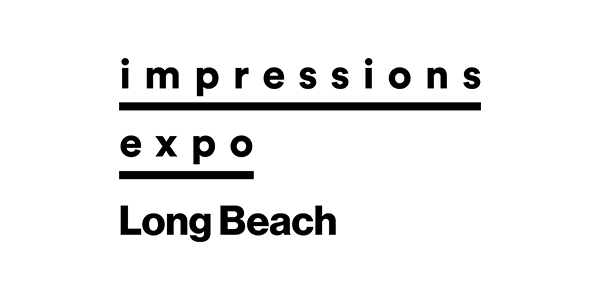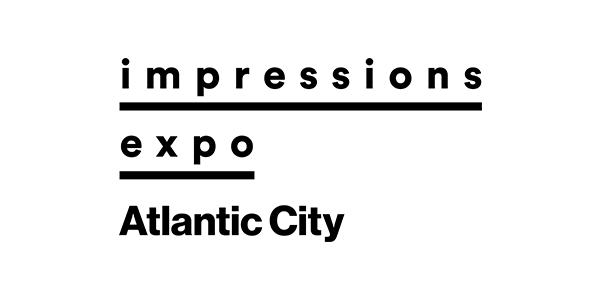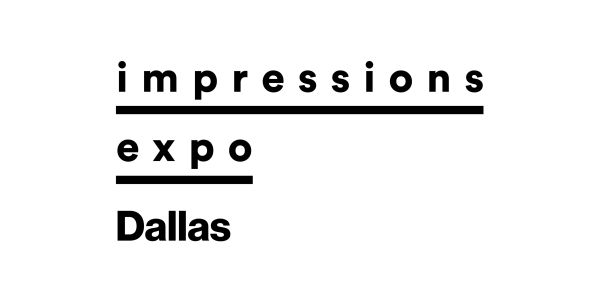The way we work has changed, and there’s a “new normal” that experts say likely will result in a growing remote workforce and development of more hybrid at-home/in-office work schedules.
Today, 42% of the American workforce continues to operate remotely, according to a recent study by Upwork, a work marketplace connecting businesses with talent around the globe. Although an estimated 27% still will be working from home through 2021, 36.2 million Americans (22% of the workforce) will be working remotely by 2025. This is a massive 87% increase from the number of remote workers prior to the pandemic. Looking out even further, 73% of teams will have remote workers by 2028.
Instead of just incorporating a company logo into graphics, corporate buyers want print shops to develop retail-style graphics that incorporate the company name or graphic elements from the logo or industry.
“Corporate logos aren’t driving sales of print-on-demand online stores,” says Craig Mertens, general manager at GraphicsFlow. “Today, sales are driven by graphics that showcase a company’s identity, but are more appealing to the consumer. Simply putting logos on stuff isn’t going to be competitive in the current marketplace.”
We asked a few decorators and other industry experts to weigh in on some of their tactics for supplying corporations with apparel styles, add-on products and decoration trends, with the purpose of boosting employee morale and scoring more brand impressions.
The Corporate Buying Landscape
Shawn LaFave, president and chief branding officer at NGA Promotions, Alpharetta, Georgia, says the businesses that thrived during the pandemic currently are placing larger orders. “Businesses in healthcare, for example, really didn’t see a slowdown, so they’ve continued to need logoed uniforms and apparel from us,” he says.
However, the days of “bland” corporate wear are pretty much over. “Companies don’t want their logoed items to look like everyone else’s,” says Kristine Shreve, director of marketing and outreach at Appliqué Getaway. “While you still have to take into account the feel and marketing vibe of the company, there’s a lot more leeway about acceptable logo wear than there used to be. Presenting apparel that stands out or decoration that seems new and exciting can be a tactical advantage to get you the account.”
Right now, work apparel is more informal and sporty thanks to the growing athleisure trend. However, “informal and sporty” can mean a lot of things for different businesses, so ask clients how they plan on using the decorated apparel to narrow down what you should offer.
For example, if a bank wants apparel, find out if they’re using it for employees to wear around the office or for a promotional event. What kind of dress code are they used to? Would they be open to something more casual to reflect recent trends?
For Artem Ionitsa, owner of Logo Unltd., Woodinville, Washington, the pandemic has meant fewer in-showroom visits from corporate clients. “We like to encourage people to come in because we rely on buyers seeing our products and decorating techniques first-hand,” he says. “When visitors get to touch and feel our options, something clicks. Because we do everything in-house, visitors see the production element. We’re encouraging them to come back in.”
Pairing Apparel and Hard Goods
The pandemic changed how Alison Banholzer, owner of Florida-based Wear Your Spirit Wearhouse, and her team sold to companies.
“The work-from-home trend created opportunities for us to sell more logoed ‘comfort’ items to companies with remote workers,” she says. “We get them to think outside the box for employee-appreciation gifts like logoed pajama bottoms, playing off the concept, ‘business on top, casual on the bottom,’ for all those online meetings.”
For Ionitsa’s shop, T-shirts, polos and trucker hats have been popular. “They’re so in demand, we spend a lot of time searching for comparable items that meet our clients’ quality and budget requirements,” he says.
While LaFave still gets lots of corporate orders for polos, jackets and pullovers, he also has seen a big uptick in asks for name-brand and higher-value apparel in these categories. “Clients are choosing higher-quality, higher-dollar-value pieces,” he says.
Since these kinds of clients are looking to spend more money, present them with a matching set of brand-name retail apparel. It’ll create even more upselling opportunities that’ll help generate more profit from these orders. If you’re showing them an adidas quarter-zip pullover, try throwing in an accessory like an adidas 3-Stripe duffel bag.
Before you present anything, though, make sure it’s available. With inventory still a big
issue for decorators and distributors, Wear Your Spirit Warehouse has introduced clients to new items they hadn’t bought before.
“If a customer traditionally has ordered an item we know is low in inventory, we come to the sales call prepared with two to three different options,” Banholzer says. “This allows us to present new items without being salesy or pushy. I’m simply showing them alternatives because we’re unable to get their usual items.”
Let’s break down a few options for in-demand corporate wear:
1. Office Wear: Face masks (if still required), polos, T-shirts, vests and hoodies
2. Staff Trade Show Uniforms: Face masks (if still required), polos, vests and caps
3. Employee Appreciation: T-shirts, jackets bags and caps
4. Work-From-Home Items: T-shirts, joggers/pajama pants, hoodies
“With a long-lasting trend toward a remote workforce, companies are changing up what they purchase in terms of logoed hard goods,” Banholzer says. The most popular categories include tech items; travel mugs and drinkware; and other desk and household items.
However, since inventory still is an issue for many suppliers and may remain as such in the short-term future, keep a close eye on product options. “Always have a backup option and consider stocking up now on items that you know sell well,” Shreve says. “Also, keep in mind that shipping costs may be higher. Stock [items] may ship from more locations, so you’ll need to roll those extra costs into your pricing.”
Online Stores
Anything that makes it easier for your corporate clients to supply — and employees to purchase — branded gear is a good idea.
“Setting up and managing a company store may seem like more work for your business, but it actually puts you in control,” Shreve says. “You manage the inventory, set the parameters for the decoration and handle the orders. You’re not waiting for someone from corporate to gather information, or dealing with a sudden change in requirements, [which] causes you to have to bring in emergency stock.”
Print-on-demand (POD) stores are a growing trend in corporate apparel. “Fewer companies want to stock items and prefer to work with vendors who provide online stores and POD services without a stocking requirement,” Mertens says.
Logo Unltd. has been setting up online stores for corporations for years, especially to service growing companies and to onboard new hires. Ionitsa’s team sets up the online store portal for free and offers a variety of apparel options for warm- and cool-weather months.
Online stores for corporate customers also are a great market for Wear Your Spirit Warehouse. The team sets up company stores for on-demand fulfillment of employee uniforms, as well as employee- and customer-appreciation gifts.
“The key to being successful is guiding your customers to products that you can easily produce on demand,” Banholzer says. For example, she guides her customers to laser-etched, embroidered, screen-printed transfer, sublimation, heat-transfer vinyl (HTV) and direct-to-film transfers (DTF) on products.
“You need to be able to produce these products easily, at a good value, in a timely manner,” she says. “Our current shop record is 12 minutes from the time we received an order until the time that order was in our UPS driver’s hands. If you can master quality, price and time for your online stores, you’ll have a thriving revenue stream.”
Always Be Bundling
Bundling products for new staffers and employees in a webstore also could be a huge convenience for corporate clients.
“With work-return dates getting pushed back further, kits and gift boxes will continue to be popular into 2022,” Ionitsa says. “We’re even seeing medium-sized companies ditching office spaces altogether, so for these clients, gift boxes are perfect methods for onboarding and rewarding employees.”
If you’re working with corporate clients that require all of their employees to have logoed apparel, bundling is an economical solution. However, LaFave says bundling or kitting can be more difficult now with inventory shortages. Even so, he says you should have kits handy and ready to show corporate clients, as they sell well.
Now is a great time to concentrate on corporate buyers who’ll be around for the long haul, especially if you can fulfill larger apparel programs or online stores for them. “We always try to go back to the basics with the 80/20 rule, which says that 80% of your business comes from 20% of your customers,” LaFave says. “We refocused our attention on our top 20%, or our ‘A-level’ corporate clients, which generates more communication — which ultimately creates more sales and deeper partnerships.”
James Andres is the content manager for S&S Activewear. For more information or to comment on this article, email James at [email protected].





